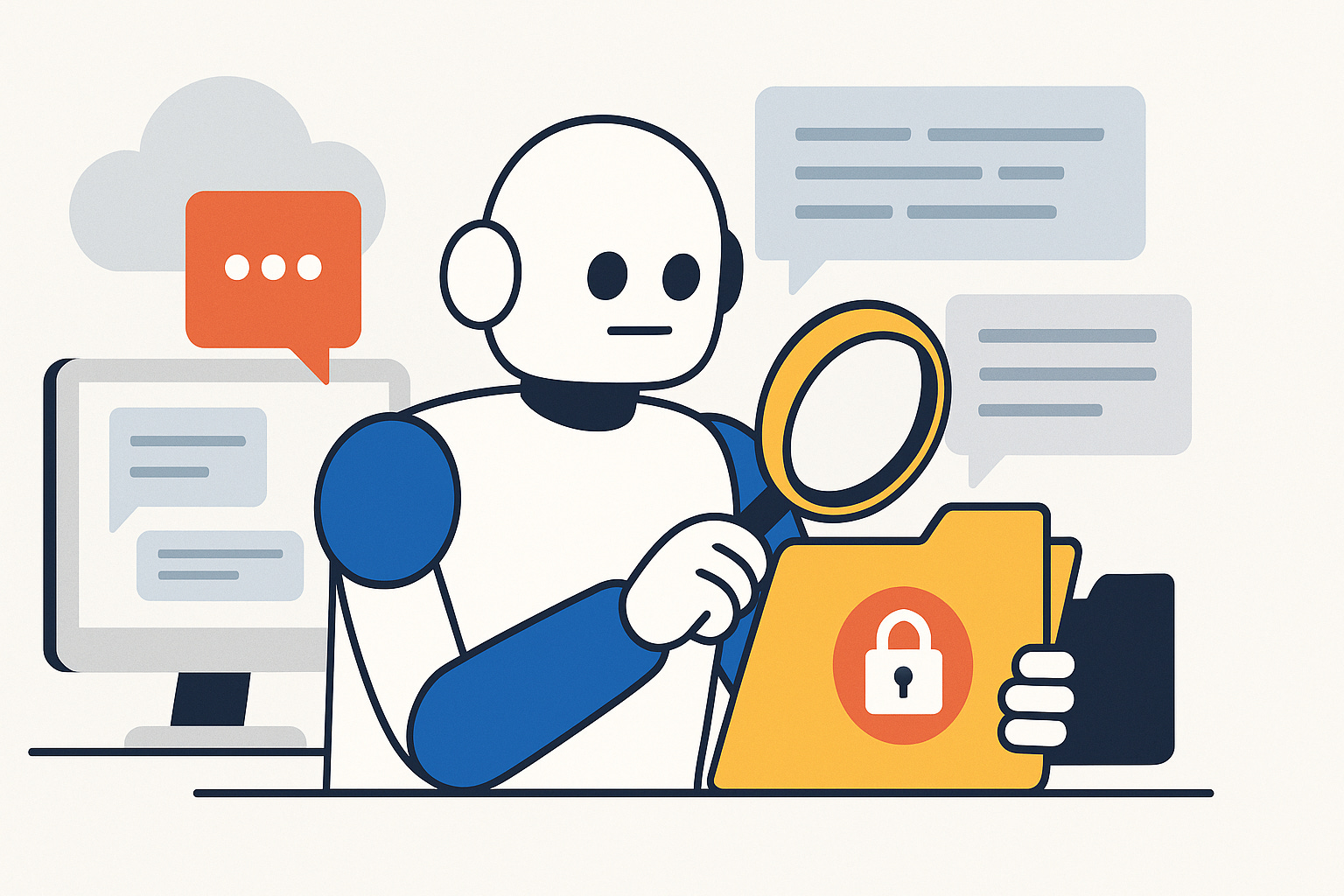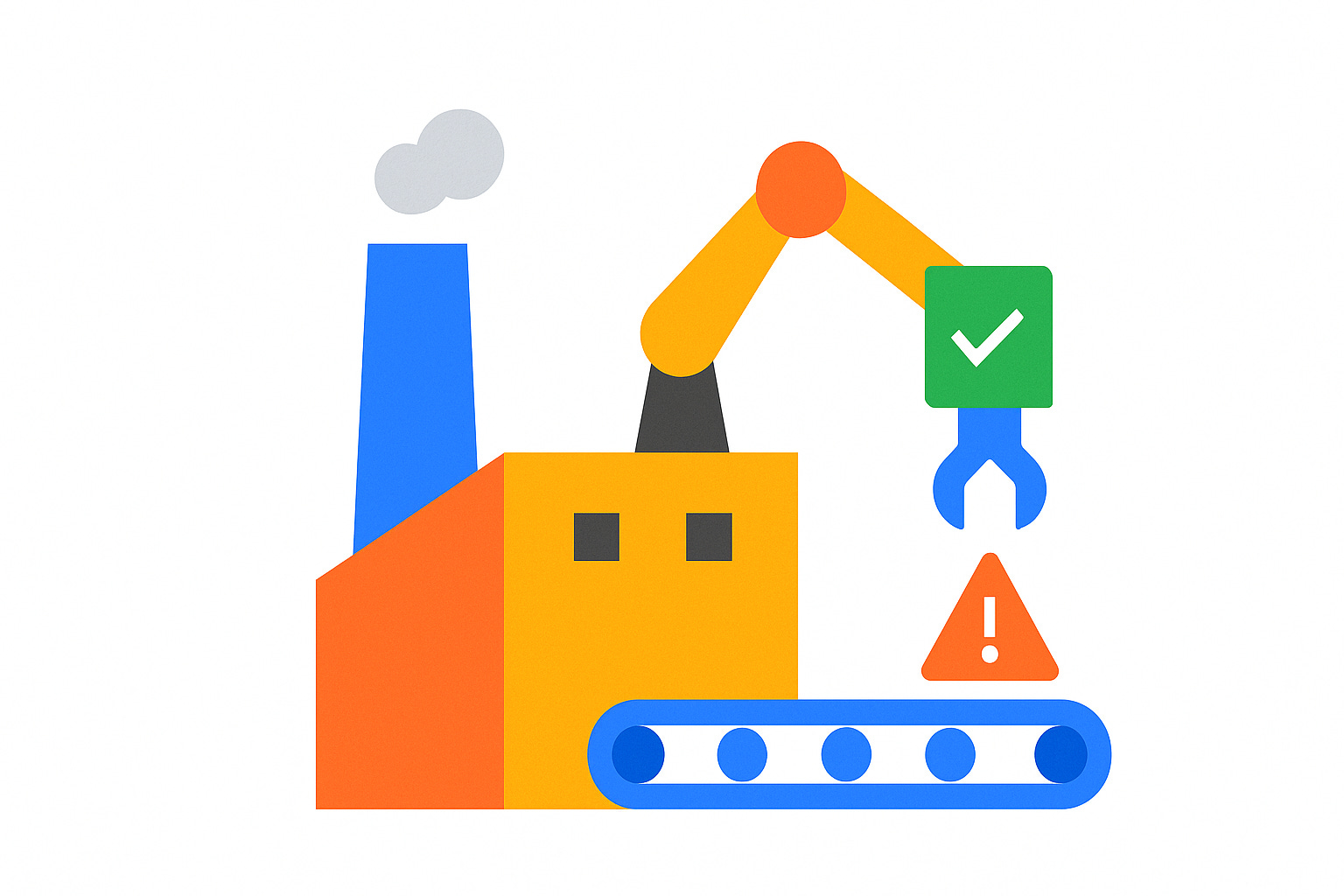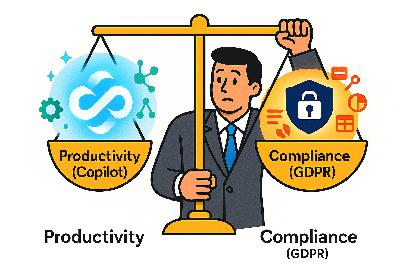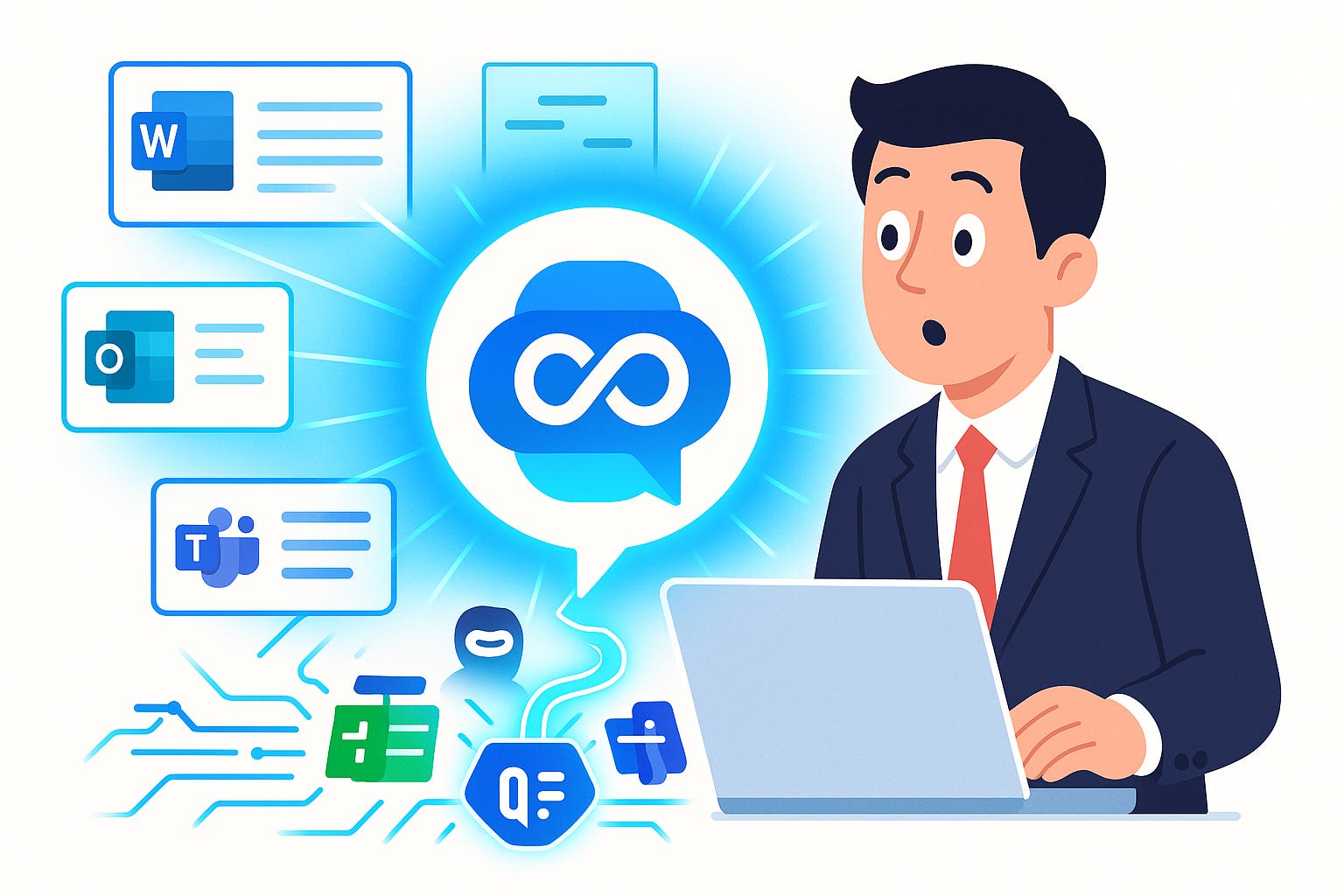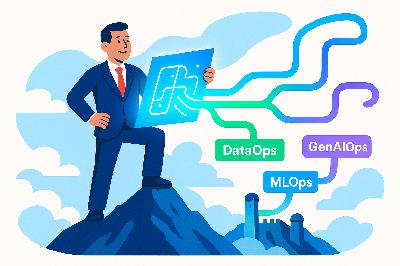Copilot’s ‘Compliant by Design’ Claim: Exposed
Description
Everyone thinks AI compliance is Microsoft’s problem. Wrong. The EU AI Act doesn’t stop at developers of tools like Copilot or ChatGPT—the Act allocates obligations across the AI supply chain. That means deployers like you share responsibility, whether you asked for it or not. Picture this: roll out ChatGPT in HR and suddenly you’re on the hook for bias monitoring, explainability, and documentation. The fine print? Obligations phase in over time, but enforcement starts immediately—up to 7% of revenue is on the line. Tracking updates through the Microsoft Trust Center isn’t optional; it’s survival.
Outsource the remembering to the button. Subscribe, toggle alerts, and get these compliance briefings on a schedule as orderly as audit logs. No missed updates, no excuses.
And since you now understand it’s not just theory, let’s talk about how the EU neatly organized every AI system into a four-step risk ladder.
The AI Act’s Risk Ladder Isn’t Decorative
The risk ladder isn’t a side graphic you skim past—it’s the core operating principle of the EU AI Act. Every AI system gets ranked into one of four categories: unacceptable, high, limited, or minimal. That box isn’t cosmetic. It dictates the exact compliance weight strapped to you: the level of documentation, human oversight, reporting, and transparency you must carry.
Here’s the first surprise. Most people glance at their shiny productivity tool and assume it slots safely into “minimal.” But classification isn’t about what the system looks like—it’s about what it does, and in what context you use it. Minimal doesn’t mean “permanent free pass.” A chatbot writing social posts may be low-risk, but the second you wire that same engine into hiring, compliance reports, or credit scoring, regulators yank it up the ladder to high-risk. No gradual climb. Instant escalation.
And the EU didn’t leave this entirely up to your discretion. Certain uses are already stamped “high risk” before you even get to justify them. Automated CV screening, recruitment scoring, biometric identification, and AI used in law enforcement or border control—these are on the high-risk ledger by design. You don’t argue, you comply. Meanwhile, general-purpose or generative models like ChatGPT and Copilot carry their own special transparency requirements. These aren’t automatically “high risk,” but deployers must disclose their AI nature clearly and, in some cases, meet additional responsibilities when the model influences sensitive decisions.
This phased structure matters. The Act isn’t flipping every switch overnight. Prohibited practices—like manipulative behavioral AI or social scoring—are banned fast. Transparency duties and labeling obligations arrive soon after. Heavyweight obligations for high-risk systems don’t fully apply until years down the timeline. But don’t misinterpret that spacing as leniency: deployers need to map their use cases now, because those timelines converge quickly, and ignorance will not serve as a legal defense when auditors show up.
To put it plainly: the higher your project sits on that ladder, the more burdensome the checklist becomes. At the low end, you might jot down a transparency note. At the high end, you’re producing risk management files, audit-ready logs, oversight mechanisms, and documented staff training. And yes, the penalties for missing those obligations will not read like soft reminders; they’ll read like fines designed to make C‑suites nervous.
This isn’t theoretical. Deploying Copilot to summarize meeting notes? That’s a limited or minimal classification. Feed Copilot directly into governance filings and compliance reporting? Now you’re sitting on the high rungs with full obligations attached. Generative AI tools double down on this because the same system can straddle multiple classifications depending on deployment context. Regulators don’t care whether you “feel” it’s harmless—they care about demonstrable risk to safety and fundamental rights.
And that leads to the uncomfortable realization: the risk ladder isn’t asking your opinion. It’s imposing structure, and you either prepare for its weight or risk being crushed under it. Pretending your tool is “just for fun” doesn’t reduce its classification. The system is judged by use and impact, not your marketing language or internal slide deck.
Which means the smart move isn’t waiting to be told—it’s choosing tools that don’t fight the ladder, but integrate with it. Some AI arrives in your environment already designed with guardrails that match the Act’s categories. Others land in your lap like raw, unsupervised engines and ask you to build your own compliance scaffolding from scratch.
And that difference is where the story gets much more practical. Because while every tool faces the same ladder, not every tool shows up equally prepared for the climb.
Copilot’s Head Start: Compliance Built Into the Furniture
What if your AI tool arrived already dressed for inspection—no scrambling to patch holes before regulators walk in? That’s the image Microsoft wants planted in your mind when you think of Copilot. It isn’t marketed as a novelty chatbot. The pitch is enterprise‑ready, engineered for governance, and built to sit inside regulated spaces without instantly drawing penalty flags. In the EU AI Act era, that isn’t decorative language—it’s a calculated compliance strategy.
Normally, “enterprise‑ready” sounds like shampoo advertising. A meaningless label, invented to persuade middle managers they’re buying something serious. But here, it matters. Deploy Copilot, and you’re standing on infrastructure already stitched into Microsoft 365: a regulated workspace, compliance certifications, and decades of security scaffolding. Compare that to grafting a generic model onto your workflows—a technical stunt that usually ends with frantic paperwork and very nervous lawyers.
Picture buying office desks. You can weld them out of scrap and pray the fire inspector doesn’t look too closely. Or you can buy the certified version already tested against the fire code. Microsoft wants you to know Copilot is that second option: the governance protections are embedded in the frame itself. You aren’t bolting on compliance at the last minute; the guardrails snap into place before the invoice even clears.
The specifics are where this gets interesting. Microsoft is explicit that Copilot’s prompts, responses, and data accessed via Microsoft Graph are not fed back into train its foundation LLMs. And Copilot runs on Azure OpenAI, hosted within the Microsoft 365 service boundary. Translation: what you type stays in your tenant, subject to your organization’s permissions, not siphoned off to some random training loop. That separation matters under both GDPR and the Act.
Of course, it’s not absolute. Microsoft enforces an EU Data Boundary to keep data in-region, but documents on the Trust Center note that during periods of high demand, requests can flex into other regions for capacity. That nuance matters. Regulators notice the difference between “always EU-only” and “EU-first with spillover.”
Then there are the safety systems humming underneath. Classifiers filter harmful or biased outputs before they land in your inbox draft. Some go as far as blocking inferences of sensitive personal attributes outright. You don’t see the process while typing. But those invisible brakes are what keep one errant output from escalating into a compliance violation or lawsuit.
This approach is not just hypothetical. Microsoft’s own legal leadership highlighted it publicly, showcasing how they built a Copilot agent to help teams interpret the AI Act itself. That demonstration wasn’t marketing fluff; it showed Copilot serving as a governed enterprise assistant operating inside the compliance envelope it claims to reinforce.
And if you’re deploying, you’re not left directionless. Microsoft Purview enforces data discovery, classification, and retention controls directly across your Copilot environment, ensuring personal data is safeguarded with policy rather than wishful thinking. Transparency Notes and the Responsible AI Dashboard explain model limitations and give deployers metrics to monitor risk. The Microsoft Trust Center hosts the documentation, impact assessments, and templates you’ll need if an auditor pays a visit. These aren’t optional extras; they’re the baseline toolkit you’re supposed to actually use.
But here’s where precision matters: Copilot doesn’t erase your duties. The Act enforces a shared‑responsibility model. Microsoft delivers the scaffolding; you still must configure, log, and operate within it. Auditors will ask for your records, not just Microsoft’s. Buying Copilot means you’re halfway up the hill, yes. But the climb remains yours.
The value is efficiency. With Copilot, most of the concrete is poured. IT doesn’t have to draft emergency security controls overnight, and compliance officers aren’t stapling policies together at the eleventh hour. You start from a higher baseline and avoid reinventing the wheel. That difference—having guardrails installed from day one—determines whether your audit feels like a staircase or a cliff face.
Of course, Copilot is not the only generative AI on the block. The contrast sharpens when you place it next to a tool that strides in without governance, without residency assurances, and without the inheritance of enterprise compliance frameworks. That tool looks dazzling in a personal app and chaotic in an HR workflow. And that is where the headaches begin.
ChatGPT: Flexibility Meets Bureaucratic Headache
Enter ChatGPT: the model everyone admires for creativity until the paperwork shows up. Its strength is flexibility—you can point it at almost anything and it produces fluent text on command. But under the EU AI Ac


